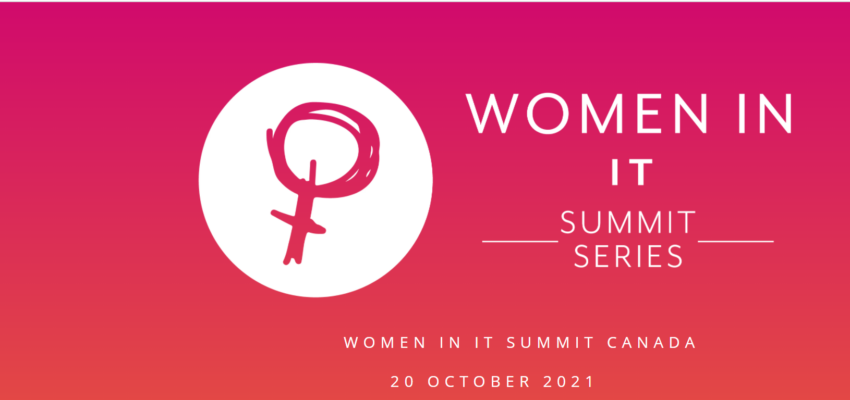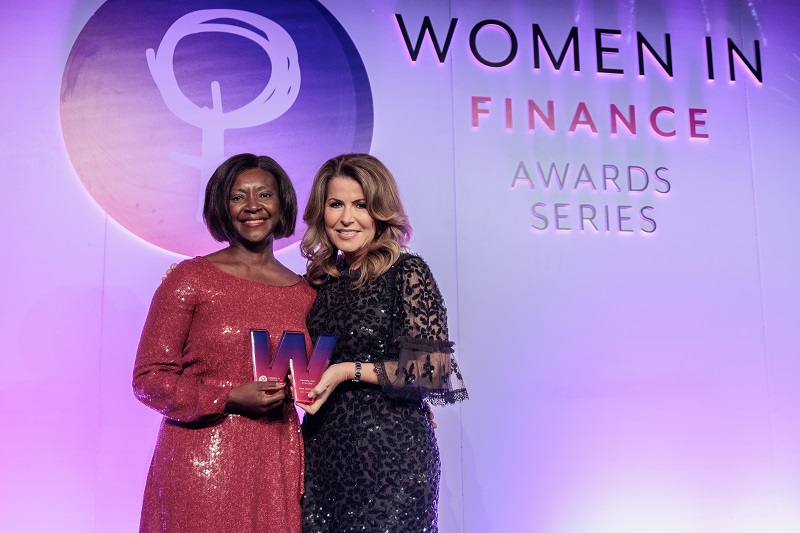The pandemic has made businesses adept at responding to change, or they wouldn’t be around today. In the current and post-COVID-19 world, responsive and inclusive leaders will be crucial to the success of the industry – and the wellbeing of its workforce too.
Tech leaders at the recent Women in IT Summit Canada agreed as they explored the sector’s hot-button topics. Themes such as how to manage hybrid workers, tackle burnout and lead with purpose. Issues that are all linked to the impact of the pandemic on businesses around the world.
Hybrid working – trust, communication and responsiveness
The pandemic has “crushed” planning horizons and reminded businesses that “change is constant”, said Monique Allen, EVP, Data and Technology, OMERS, at the summit’s first session entitled “From digital leadership to hybrid leadership – are you ready?”
A big change resulting from COVID-19 is the rise of hybrid working, which Allen said is about finding the right balance for the person and the business using technology. This would mean that more responsive and personalised adjustments were needed between management and staff under these conditions.
Trust-based leadership was essential to making hybrid working a success, stated both Nasheen Liu, a Partner and SVP of CIO Program Strategy, The IT Media Group and John Comacchio, SVP and CIO, Teknion.
Comacchio reminded the audience that trust worked both ways in hybrid working and advised that the language around it should change to make it more inclusive. “Work from home” should become “work from away” to remove the stigma that working beyond the office means less work. Comacchio inferred a very important point: no matter where they are working, workers should believe that their management trusts them to fulfil their obligations.
As many firms pursue a hybrid work model as lockdown restrictions ease, there are concerns that out-of-office workers may stand to lose out on promotions and relationship-building opportunities compared to office-based workers. However, panellist Ernest Solomon Chief Information Officer at LAWPRO, warned against this thinking and said that hybrid leaders should avoid the trap of thinking remote staff “are out of sight and out of mind” and ensure that communication is kept up for all workers, no matter where they are based.
Allen concluded by saying that remote working isn’t new, but it hadn’t previously been tried on the scale that businesses are currently attempting. She advised that businesses with a hybrid workforce make use of new software such as ‘Ten Thousand Coffees’, which help staff form relationships with colleagues and senior staff digitally.
Purpose as a core aspect of inclusion and retention
We know that younger workers, especially Gen Z want to work for organisations that are purpose-led and align with their values for a more equitable world; with mental health rising up the priority list for workers too, being purpose-led beyond ‘being the best’ is something more employees want and could enable greater workplace wellbeing and retention as the “great resignation” impacts firms worldwide.
Charles Lewis, CTO, TELUS Health joined the summit’s “Purpose, purpose, purpose – how do you fill the purpose gap?” discussion and agreed that younger workers could offer others lessons on being purposeful at work.
He said that being “very good at what we did” was the focus among staff when he started his career some years ago, which included “having a drive”. He added that this mentality doesn’t “always encourage you to bring your whole self to work.” He also said that recruits today want to be the best they can “while doing something they believe in”, which could be a good balance for driven staff who also want to feel authentic and happy in their workplace.
Burnout, its impact on women, and leading by example
Workplace burnout is another topic that’s become increasingly discussed since COVID-19 began, with women being one of its biggest victims, according to Sheena Yap Chan, Founder and Host, The Tao of Self Confidence who said that burnout means workers “don’t have the energy” to show up authentically.
Speaking at the fireside chat session called “Burnout – a badge of shame or a badge of honour?” she explained that women have been overworked during the pandemic, where remote working has made some employers think employees are constantly available, which has put more pressure on working mothers with caregiving responsibilities.
Cristina Tahoces, Nutritionist and Owner, Thrive Nutrition Practice, also joined the conversation and explained the symptoms of burnout, including digestive and metabolic issues and poor mental health, including anxiety, insomnia, and depression, where an individual is physically present but emotionally absent.
She also said that while many firms are implementing mental health and wellbeing initiatives, company cultures aren’t changing fast enough for staff to feel comfortable taking advantage of these policies.
Throughout the summit, the responsibility of leadership to act as responsive change agents to benefit staff came up, and this was reinforced during the session on burnout where Tahoces said that leaders needed to lead by example on self-care and practise it daily not only to improve their performance but to become role models for prioritising wellness in their workforce.
To find out more about the inspiring Women in IT Summit & Awards Series, click here.
In this article, you learned that:
- Hybrid working means finding the right balance for the person and the business and using technology to facilitate that balance.
- Implementing mental health and wellbeing initiatives is good, but it won’t be useful unless the workplace culture changes to encourage staff to take advantage of them.
- A drive-focused professional purpose at work might not encourage staff to fully ‘show up’ as themselves.









